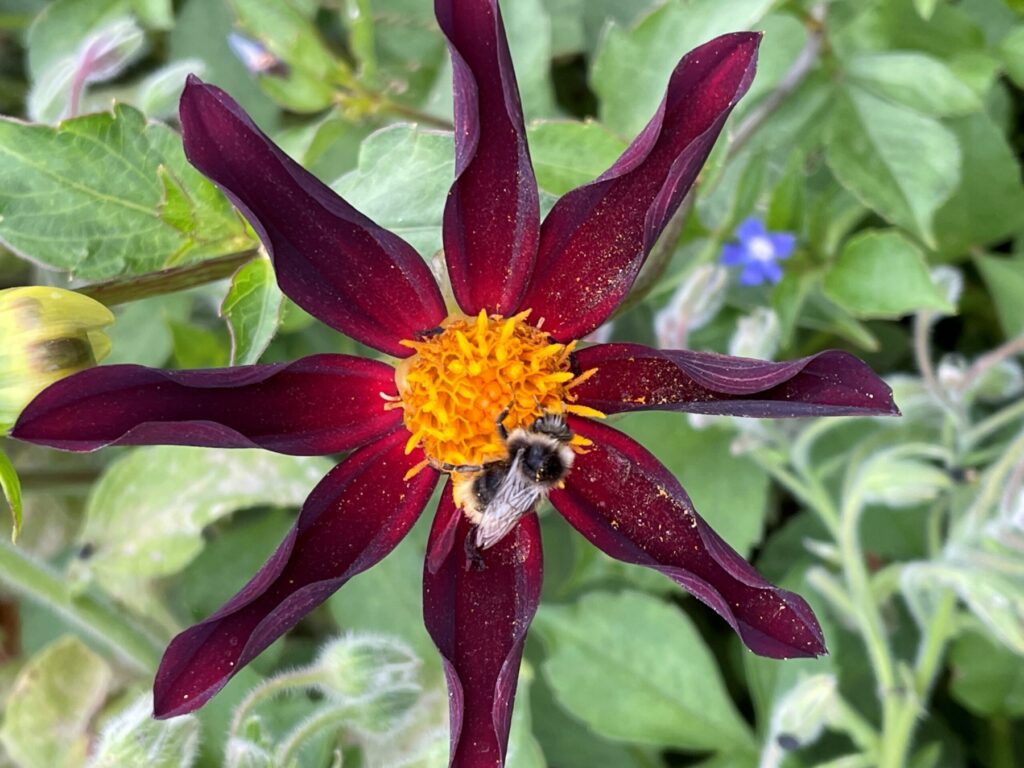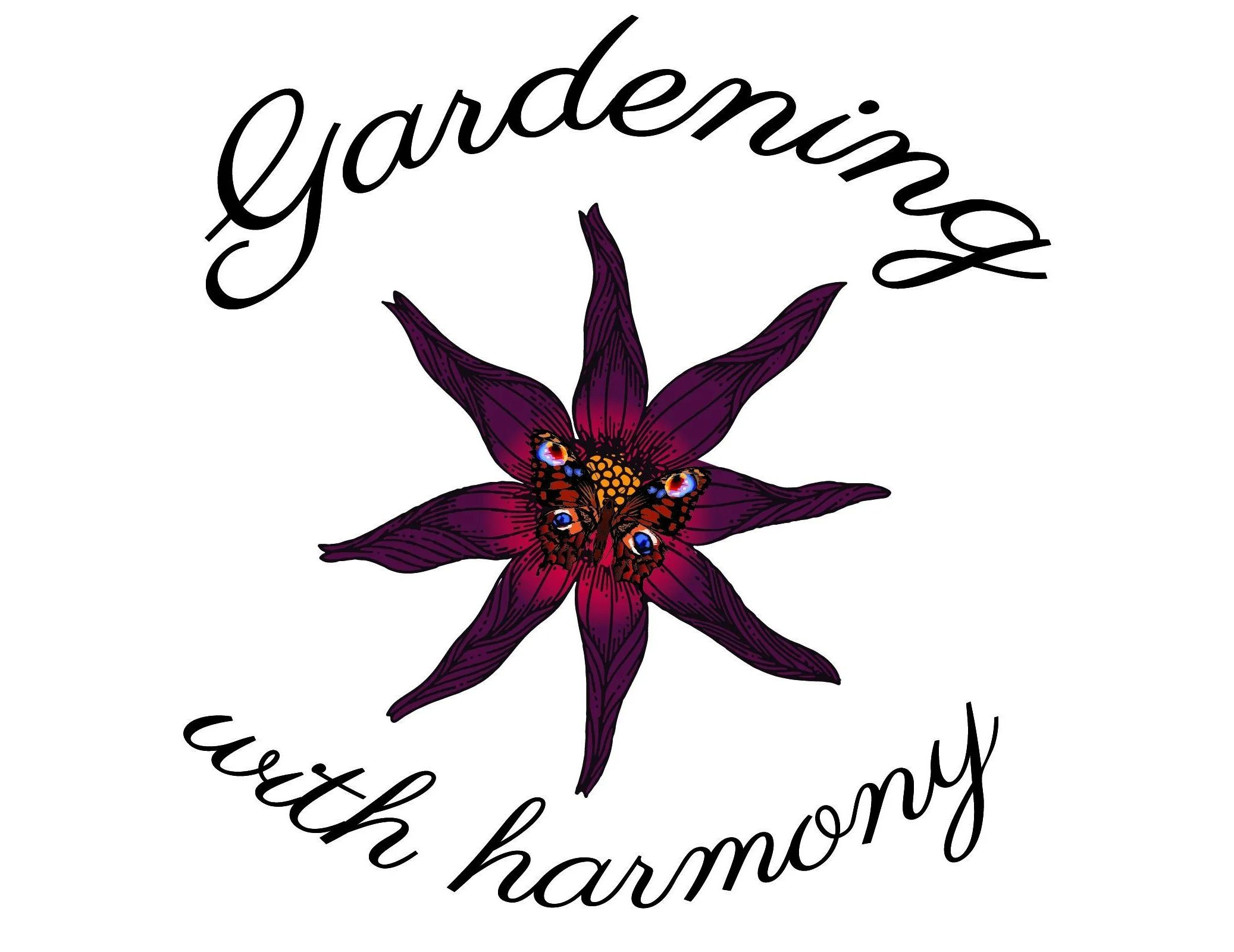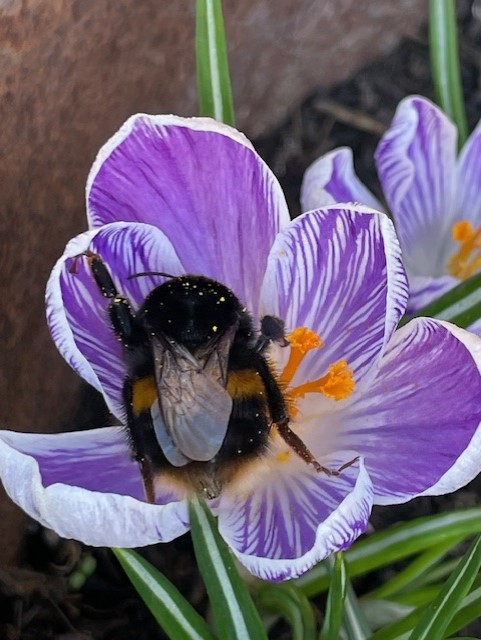By the meteorological calendar, spring always starts on March 1st and ends on May 31st. So, we have finally nudged into a beautiful spring, after a sodden winter.
In addition, as I write this post the spring equinox has arrived. This celestial event marks the, long awaited, beginning of the astronomical spring in the Northern Hemisphere.
During the spring equinox, the sun shines directly over the equator, resulting in nearly equal days and nights. Clearly, we all hope the days are sunny and dry, now that spring has finally sprung!
So, for this post, I have chosen a few of the flowers that are blooming in my garden, in early spring. More posts will follow, as spring progresses and more flowers appear.
Without further ado, I shall start with some spring colour. And, it just has to be one of my new tulips.
Beautiful spring tulips

Naturally, my first photo just had to be a tulip. And what a beauty she is. A new variety for me this year, called Alison Bradley.
Whenever I search for new tulips, dark burgundy colours are a must.
In addition, as double flowers bloom for longer, Alison Bradley was a fabulous choice.
She is a recent introduction in the tulip world and a double early. Therefore, she should flower from April. However, in my garden she is in flower already, and bringing some beautiful mid March colour.
And talking of colour, what a fantastic rich and deep burgundy red she is.
For more tulip photos from last year, check out some earlier tulip posts below.
Tulip time for a beautiful spring
More beautiful tulips, planting for the spring.
A gorgeous crocus

My next photo is one of my gorgeous crocus flowers. Just look at the fabulous colours on this one.
I think that the crocus has to be one of my favourite spring flowers, especially all the purple varieties.
In addition, they are a favourite with the bees, as my photo at the start of this post shows.
Crocuses are a fantastic source of pollen and nectar for the earliest bees, and they also provide a snug place for a bee to snooze overnight. The flowers close overnight and open again in the morning.
I was lucky enough to get a photo of a queen bee waking up in a crocus flower last February. If you would like to see the photo, I have provided a link below for that earlier post.
Time to order beautiful bulbs for spring
Although I love the purple varieties, they are also available in white, yellow and orange.
If the crocus bulbs are left undisturbed, they will multiply every year, providing more beautiful swathes of colour for a beautiful spring, and more food for our pollinators.
Beautiful spring hellebores

My next photo is a beautiful hellebore. This beauty is flowering in a pot in my parents’ garden. Unfortunately, the rain was teaming down when I took the photo, so I did not fancy kneeling down to get a snap of the inside of the flowers.
I grow some in my garden, but none as dark as this one. Clearly, I will need to add this one to my wish list.
In addition, to their elegant beauty, they provide a valuable source of early nectar for our pollinators.
Furthermore, they will cope with sun or shade, so they are a fabulous plant to have somewhere in the garden. Hellebores are hardy perennials and are evergreen.
As they flower sometime between December and early spring, they are well worth planting for winter and spring colour too.
Onto the grape hyacinth

My next photo is the lovely blue grape hyacinth or Muscari. Although most of them are a fabulous blue, there are also white, pink and yellow varieties. In addition, there is a purple and white variety called Grape Ice. Definitely one for me!
They are said to look like a cross between a bunch of grapes and miniature hyacinths, so that explains the name then!
As they spread jolly easily, you might find them invasive. If so, they can be planted in containers and deadheaded to stop them setting seed and multiplying.
Because grape hyacinths attract a wide range of pollinators, including bees, I let them spread wherever they wish in my garden. Any flower that provides pollinators with an early source of pollen and nectar after hibernation is welcome in my garden.
Moreover, large splashes of colourful blue in early spring looks so beautiful.
Beautiful spring daffodils

My next photo is one of my Martinette daffodils. A lovely fragrant, delicate yellow flower with little orange trumpets. Although small and dainty, these flowers have multiple flowers per stem and put on a beautiful show in early spring.
Another miniature daffodil that I grow is Minnow. I am eagerly awaiting the tiny creamy white blooms with buttercup yellow centres, which normally bloom for me in April. Each stem carries up to five wonderfully fragrant flowers.
Naturally, I also grow the famous Tete-a-Tete. Another miniature, this time with bright yellow flowers.
I also have the delightful Pipit. A present, a couple of years ago, from my fabulous friend, the Cosmos Queen. A lovely daffodil bearing two or three lemon-yellow flowers per stem. Another fragrant variety, which blooms from mid to late spring and is budding up nicely as I type.
I have many more varieties of daffodil, flowering from February up to late April. Each variety chosen to extend the colour and interest in my spring borders and containers for as long as possible.
Three cheers for the cheerful and beautiful spring flowering daffodils.
My magnolia tree

My next photo is a magnolia tree, currently giving a wonderful display in my garden. This magnolia that I planted a few years ago produces beautiful dark pink flowers in early spring. In fact, this beauty usually flowers a second time in June or July.
Depending on the variety, the flowers are usually in shades of pink, light to dark or white.
However, I have seen a yellow variety and more recently a deep maroon flowered magnolia. I have my eye on that one, if I can find the room for another tree.
There are magnolias that are smaller though and could even fit in a large container.
Interestingly, I have read that magnolia trees are pollinated by insects, such as beetles, flies, and moths. I shall look closely at my magnolia blooms and see which pollinators I can see.
The flowers are fragrant and produce large amounts of nectar to attract all those moths, flies and beetles.
Spring seed sowing

And finally, it is a great time to be gathering your seeds to sow for flowers in late spring into summer and beyond.
I am currently sowing annual flowers, zinnias and morning glory to join my thirty two varieties of cosmos, currently peeping out of their seed trays in Favolosa, the greenhouse. A perfect time to get these underway.
In addition, hardy annuals can be sown direct into the ground in spring, but I wait until late March or early April to do this. Plenty more poached egg flowers, borage and campion will be sown, as seen above, spilling out of my flower border.
Furthermore, seed packets of cornflowers, echium blue bedder and wildflowers are piled up, ready to be sown. All fabulous flowers grown for their beauty, and, most importantly, for our pollinators.
I always check if my soil is starting to warm up, so I know when to start the fabulous hardy annual sowing.
Another way to be sure is to look out for those pesky weed seedlings, which need to be hoicked out pronto! Naturally, my fantastic rescue hens will be helping with this.
Flower seeds

If you need some seeds, I have given links below for Thompson and Morgan where I purchase most of mine.
Click here for Thompson and Morgan seed options.
For the cost of a few packets of seeds, we can have so much colour in our gardens and pots. Moreover, we can feed the pollinators who need our help to survive.
I am always amazed that a few seeds sown, become beautiful flowers with minimal effort. This is especially true of flower seeds that can be sown directly, the fantastic hardy annual brigade.
I hope you have enjoyed this post and will join me next time.
This blog is an affiliate for Thompson and Morgan. If you click on one of these links above, and make a purchase I may receive a commission, at no additional cost to you.
To see all my new posts, please enter your email address below and press the subscribe button.



4 responses to “Fabulous blooms for a beautiful spring”
I definitely need at least one Hellebore for next year. I said that last year but the season has passed me by yet again🙄
Good idea, they are beautiful plants and the pollinators love them too. J Parkers still have some, if you want some this year. 🌸
Spring is a bit later up here, but it has almost sprung. I like the magnolias. I will keep eye open for one of them.
Pleased spring has almost sprung for you. I bought two magnolias from Thompson and Morgan as presents. Standard and ok for a pot if this might be an option for you perhaps.